Crash tests involve colliding a vehicle with both static and dynamic barriers and analyzing the results to assess the vehicle’s safety quotient.
Unless you live under a rock, it is unlikely for you to have not heard the term “crash test”. Crash demonstrations are often a part of marketing bulletins to help customers develop more faith in a manufacturer’s product. As much as the visuals of a car getting crushed are cringe-inducing to any motoring enthusiast, they are a necessary evil. To better understand this, let’s dive deep into the process of crash testing.
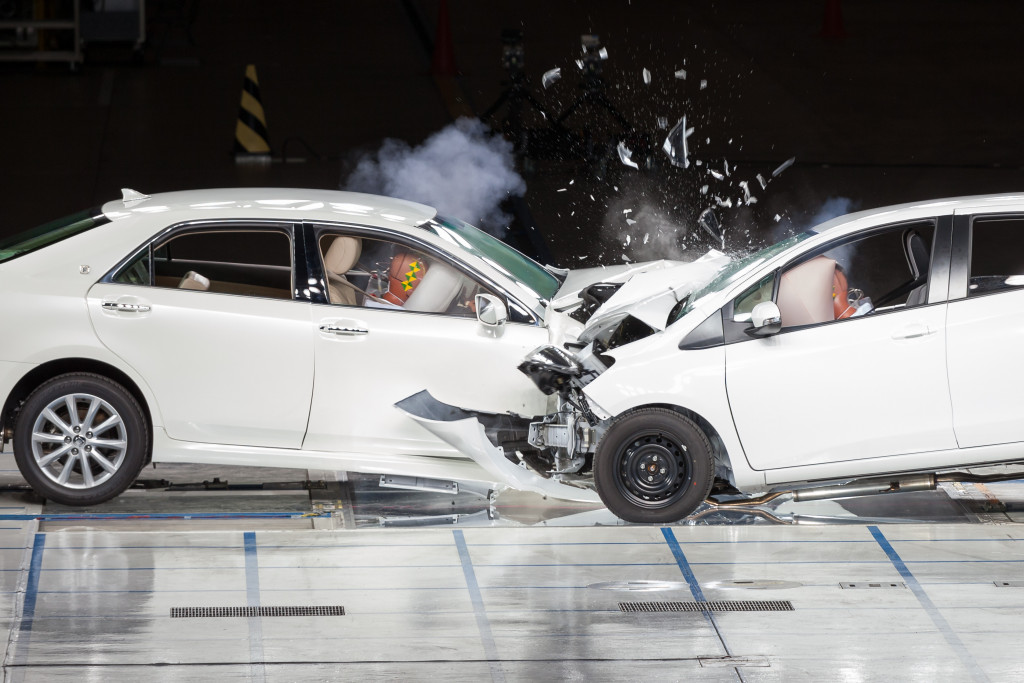
Why Do We Crash Test Cars In The First Place?
Accidents are unfortunate, and no one ever plans on having one. However, safety is paramount, and crash tests help us plan ahead for such contingencies. These tests simulate real-life accidents and their possible impacts on the human body. By doing this, it becomes possible to design safer vehicles. Such a test involves a series of destructive procedures that help analyze the post-accident dynamics. The results of crash tests are usually released as star ratings for easier understanding.
Also Read: Are Autonomous Cars Really Safer Than Human-Driven Cars?
Crash Test Equipment
Apart from the car being tested, these tests involve specialized equipment to replicate real-life crashes and collect data from the event.
1. Crash Dummies
These human-like figures are made of various composites and metals and have sensors embedded in them. Crash dummies replicate the human body in terms of weight, dimensions and articulation during an accident.
2. Impact Trolleys
Accident media, such as oncoming vehicles and obstructions, are replicated by trolleys that are essentially frameworks of aluminum and steel. They are propelled at the test subject at various angles.
3. Imaging And Data Analysis Architecture
In order to analyze a crash and its impact, crash tests involve a lot of equipment, such as high-speed cameras, sensors and analysis software. Cameras and sensors can either be located aboard the vehicle being tested, or remotely, to accumulate crash data. Analysis of this data and the data accumulated by embedded sensors in the dummy gives a comprehensive assessment of how the vehicle’s structure fares on various safety fronts.
Various Types Of Crash Tests
There is no limit to the number of ways an accident may take place. Thus, crash tests are an ever-evolving set of procedures that try to account for the maximum number of possibilities.
1. Front Impact Tests
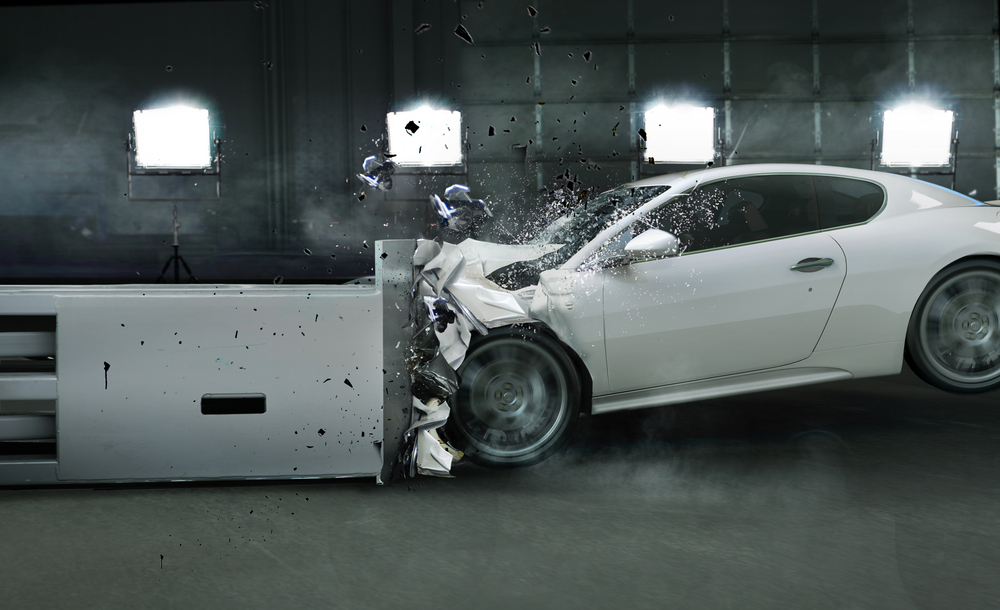
Front collisions are the most common type of accident, and consequently, extensive engineering is expended in making the front end of vehicles safer. The tests include colliding vehicles with both static and dynamic barriers; both head-on and at offset angles. Head-on collisions are usually distributed throughout the width of the car, putting more dependency on the air bags and seat belts. Offset collisions cause less distribution of forces, forcing manufacturers to design stronger structures and, in principle, safer cars. Front impact tests are usually carried out at a speed of 35 to 40 miles per hour.
2. Side Impact Tests
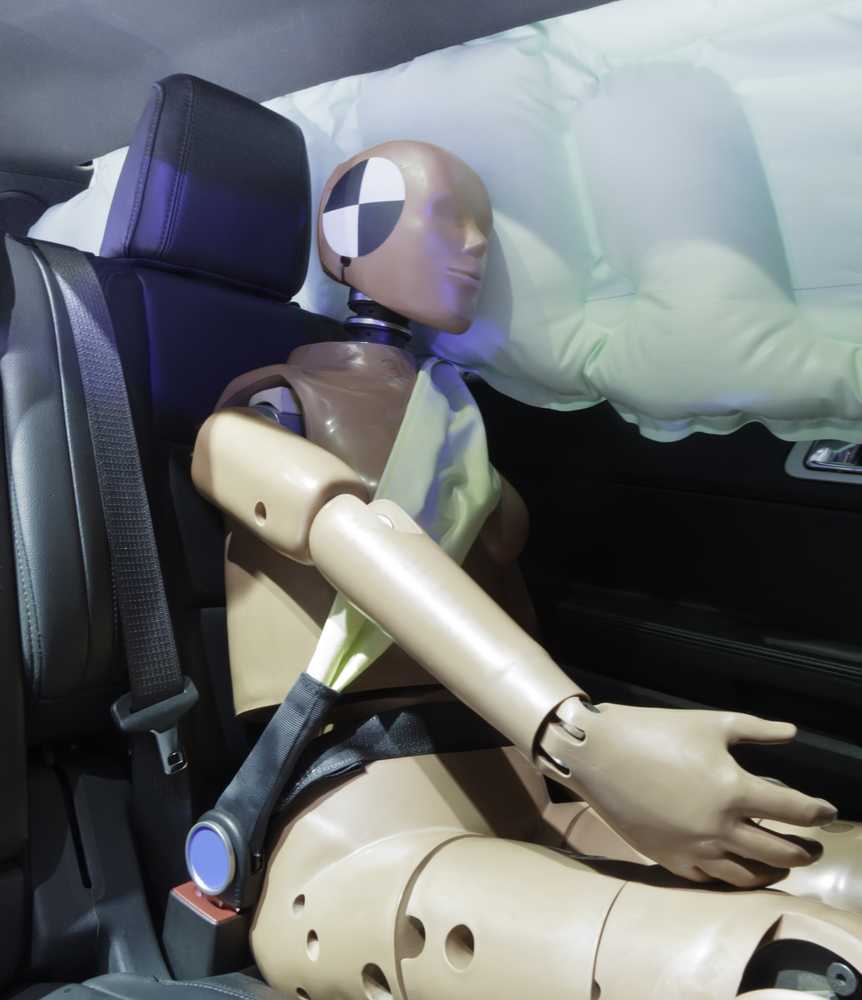
Compared to the front of the vehicle, the sides expose more of the passenger to danger, in that the length of the buffer is greatly reduced. Side impact tests involve colliding an impact trolley with a stationary vehicle at right angles, causing the doors to deform. Since there is less space for the massive amount of deceleration to play out, manufacturers must strengthen the structure of the pillars and door frames to absorb the impact better. Most new cars have side airbags fitted as standard to reinforce the side safety. Side crash safety tests are usually carried out between 31 and 37 mph.
3. Roof Impact Tests
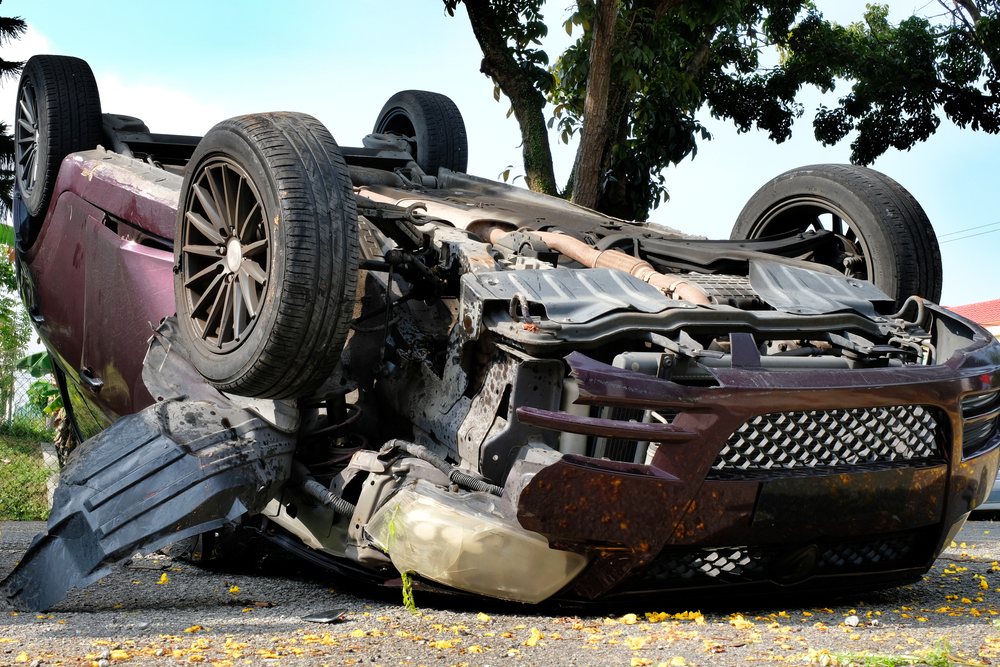
Amongst the least common, yet most significant accidents are rollover accidents, which involve a car turning over on to its roof. In the event of the roof collapsing, the occupants run the risk of being crushed under the weight of the car. These tests are carried out by placing the roof of the car under duress and measuring the peak resistance it offers, before the roof crumbles by 5 inches.
This computation, also known as the strength-to-weight ratio, measures the amount of withstanding force the roof endures, in terms of the weight of the vehicle, before giving way by at least 5 inches. A higher strength-to-weight ration implies better roof rigidity, and thus better rollover safety. The acceptable range for this ratio is 3.25 to 4.
Also Read: Does Doubling The Speed Of A Vehicle On A Highway Only Double The Impact Force Of An Accident?
Crash Test Results
Crash tests, while mandated by law, are often carried out more thoroughly by third-party organizations. Some commonly known crash test authorities include NCAP (New Car Assessment Program) and IIHS (Insurance Institute for Highway Safety). Crash test results are broken into four categories.
1. Adult Occupant Safety
Adults are generally assumed to occupy the front seats, and thus, this safety rating is heavily dependent on frontal and side impact. It also takes into account the whiplash effect produced by the sudden jerk experienced at the neck during the course of the collision.
2. Child Occupant Safety
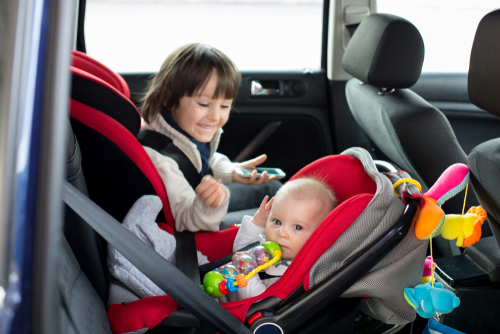
Crash tests assume children to be placed in adequate child seats that are fixed to the main rear seat by mounts. More emphasis is laid on the side impact, as the front and rear passengers are equally vulnerable on the sides of the car. The safety is measured by the effectiveness of the restraint system.
3. Pedestrian Safety
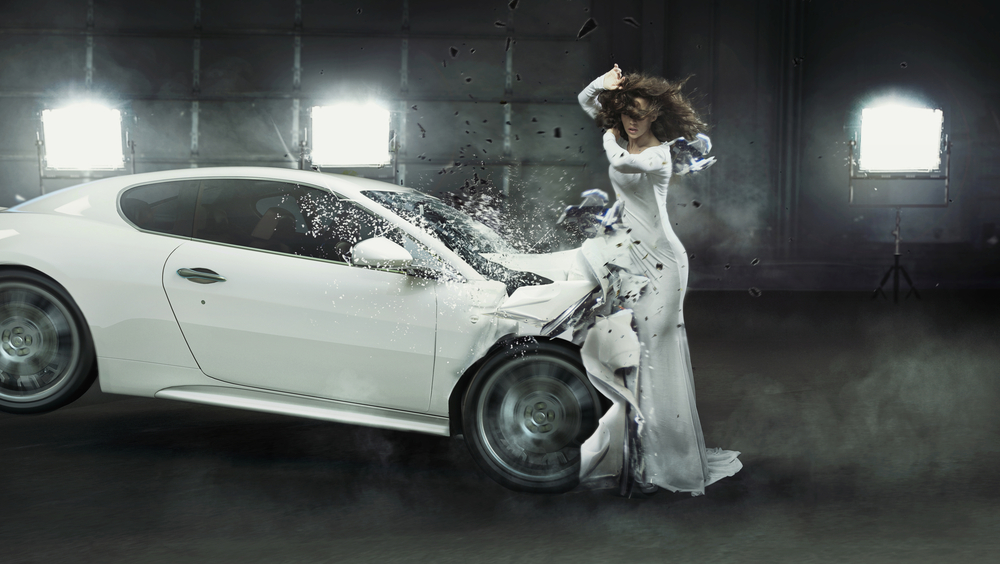
This is the only aspect of crash test results concerned with the safety of non-occupants. It measures the impact of the vehicle’s front end on the head, upper half and lower half of the body of a pedestrian or a cyclist who may accidentally come in contact with the car. The use of metal bumpers has therefore been banned in some countries.
4. Safety Assistance
This rating is a measurement of the effectiveness of the active and passive safety features in the car. These include lane assistance systems, seat belts and airbags. We have discussed active and passive safety in more detail here.
Also Read: Active And Passive Safety Features In Cars: What Are The Things That Make A Car Safe?
Is There A Downside To Safety?
While the obvious answer is no, this issue warrants a more nuanced discussion. Adding more safety features does add to a vehicle’s cost, making it less accessible to customers. Thus, motor vehicle authorities have minimum criteria that automobile manufacturers must satisfy to qualify as safe cars. Manufacturers therefore optimize their design to provide safe, yet affordable cars.
How well do you understand the article above!

